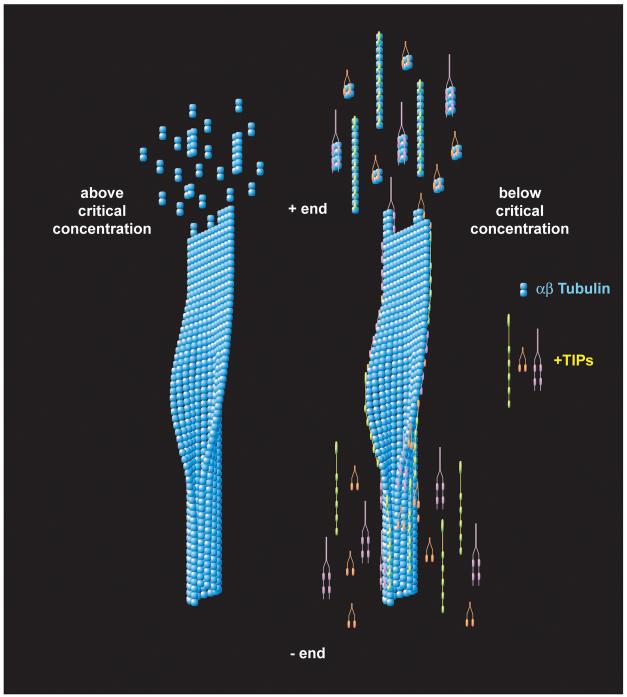Figure 8. Dimerization model for plus end tracking and chaperoned tubulin polymerization.
Model for +TIP chaperoned tubulin polymerization. Above tubulin’s critical concentration, αβ tubulin heterodimers preferentially bind the microtubule plus end resulting in microtubule polymerization and growth. Below tubulin’s critical concentration, +TIP-mediated multimerization of αβ tubulin effectively raises the affinity for the microtubule plus end enabling multimer subunit addition to the microtubule plus end. Chaperone-mediated co-polymerization of +TIPs facilitates localization of +TIPs at the microtubule plus end. A lower affinity for the microtubule than for free multimerized tubulin subunits leads to +TIP dissociation and the apparent plus end tracking behavior noted for fluorescent-tagged +TIPs. XMAP215, EB1 and CLIP-170 family members are modeled as tethered tubulin binding domains (colored yellow, orange and purple respectively). A diverse array of oligomeric tubulin binding strategies (lateral vs. longitudinal) is likely for each +TIP family given the tethered nature of their domains. For simplicity, a single oligomeric tubulin interaction is modeled for each +TIP family. See Discussion for details.

